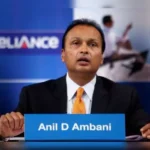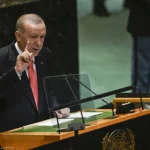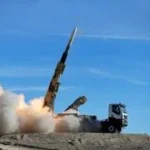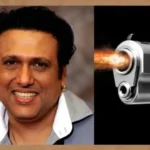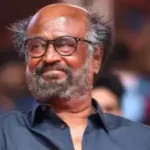How Indira in 1971 ended ‘one nation, one election : Between December 1951 and February 1952, independent India held its first elections for both the House of the People (or Lok Sabha) and the State Legislative Assemblies. This persisted until the late 1960s, when unstable non-congress state administrations began to dissolve, resulting in midterm elections and disrupting the pattern of combined elections to the Lok Sabha and the states.

However, the 1971 general elections constituted a clear departure from the previous norm of holding simultaneous votes. The elections were initially set for 1972, but Prime Minister Indira Gandhi sought to move them up by a year in order to make the polls a referendum on her populist policies. This divided the national and state schedules as the terms of Now, as the government attempts to hold simultaneous polls again with its One Nation, One Election proposal and a high-level committee led by former President Ramnath Kovind meets with various stakeholders, it’s instructive to examine the circumstances that disrupted the cycle of the nation holding one big election every five years.
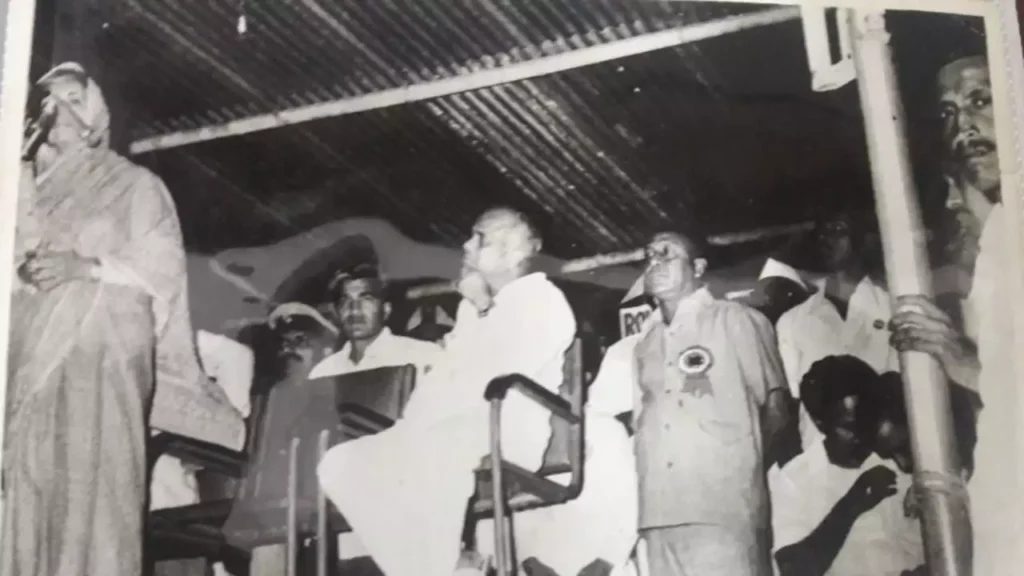
In a 1971 paper in the journal Asian Survey, American political scientist Myron Weiner notes that the Congress’s decline in performance in 1967 “followed a period of drought, rising prices, two wars, the deaths of two Prime Ministers (Jawaharlal Nehru and Lal Bahadur Shastri), growing corruption, and an unpopular decision to devalue the rupee.”Another element that questioned the concept of Congress. Indira Gandhi’s decision to hold the Lok Sabha elections in 1971 completely broke the cycle. When Indira took over the Congress after Nehru and Shastri died, the party’s footprint was decreasing, and the old guard was unwilling to allow her a free run.
Indeed, in the 1971 Lok Sabha elections, the Congress and a few allies defeated a grand alliance of opposition parties, winning 350 Lok Sabha seats with 43% of the vote.

Rudolf writes on the impact of non-simultaneous elections on voter turnout, noting that in 1971, when the states and the Lok Sabha voted separately, voter turnout was 55.25%, a decrease from 1967, when elections were held simultaneously. “”The decline inparticipation broke the up ward secular trend (in voter turnout) that prevailed between the first general election in 1952 (45.7%) and the fourth in 1967 (61.3%),” according to the report.
However, the 1971 general elections constituted a clear departure from the previous norm of holding simultaneous votes. The elections were initially set for 1972, but Prime Minister Indira Gandhi sought to move them up by a year in order to make the polls a referendum on her populist policies. This split the national and state timetables (How Indira in 1971 ended) because several legislative assemblies’ terms were yet to expire.
Short Answer :
On the night of December 27, 1970, radios in homes crackled as Indira Gandhi, then Prime Minister, made her address to the country.

Now, as the government attempts to hold simultaneous polls again with its One Nation, One Election proposal and a high-level committee led by former President Ramnath Kovind meets with various stakeholders, it’s instructive to look at the circumstances that disrupted the country’s cycle of holding one big election every five years.

